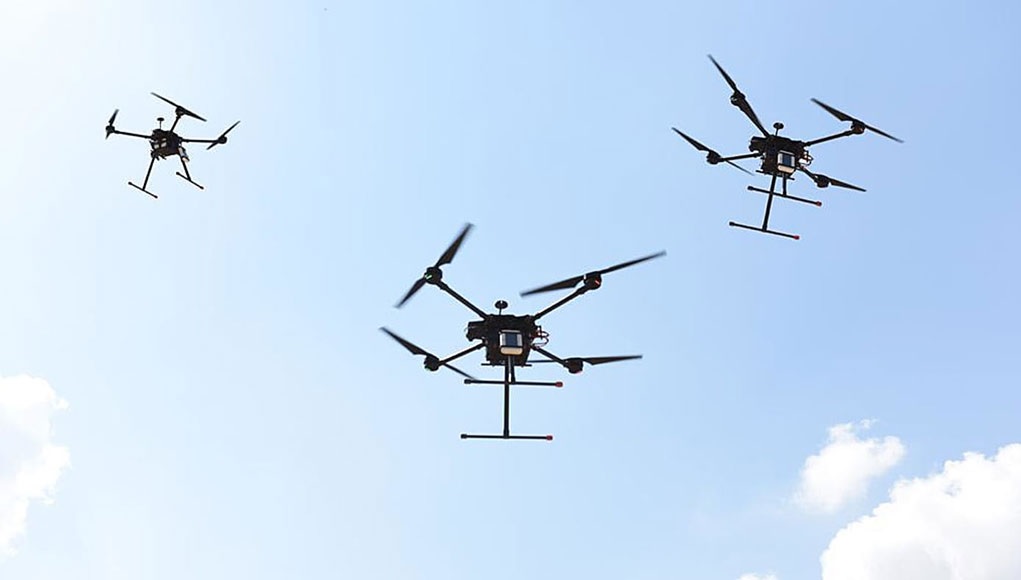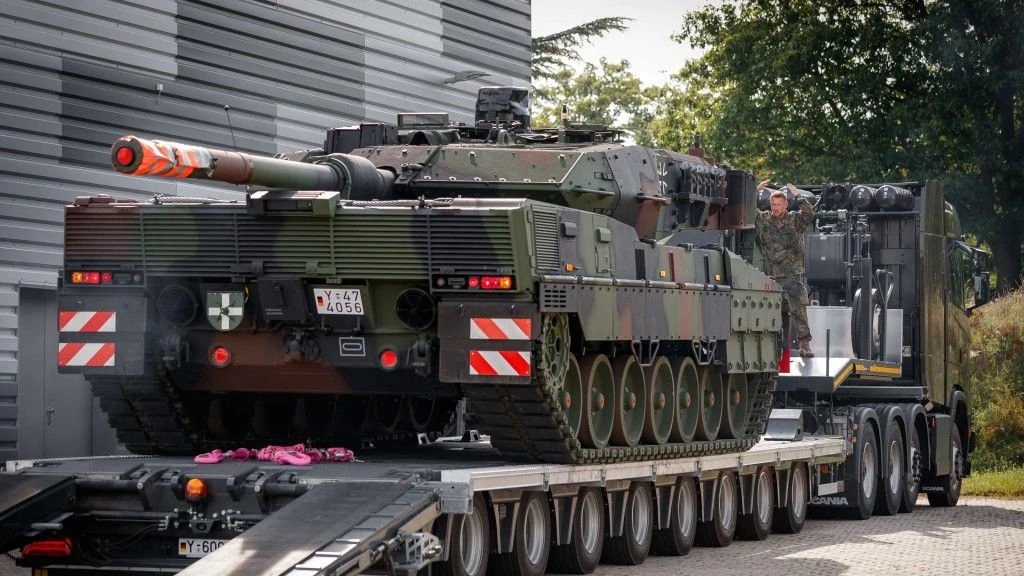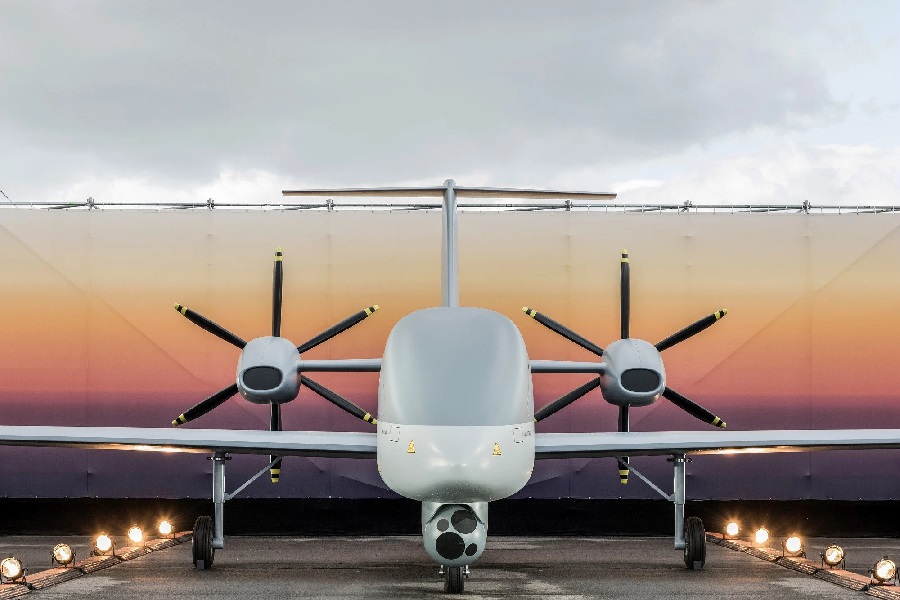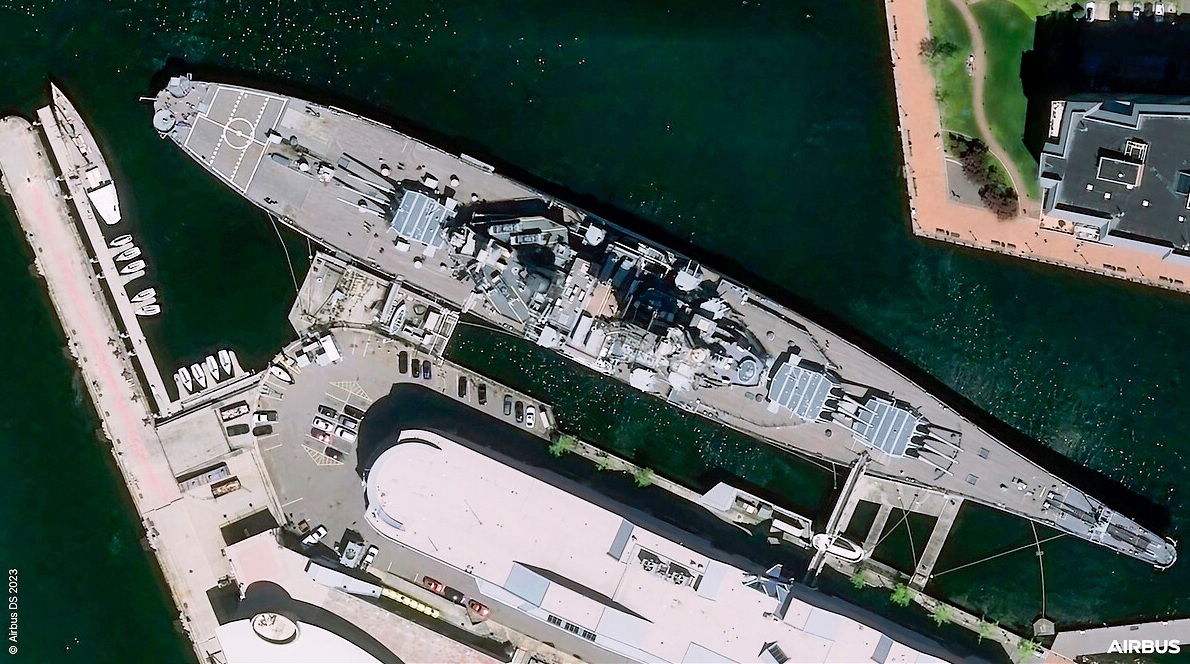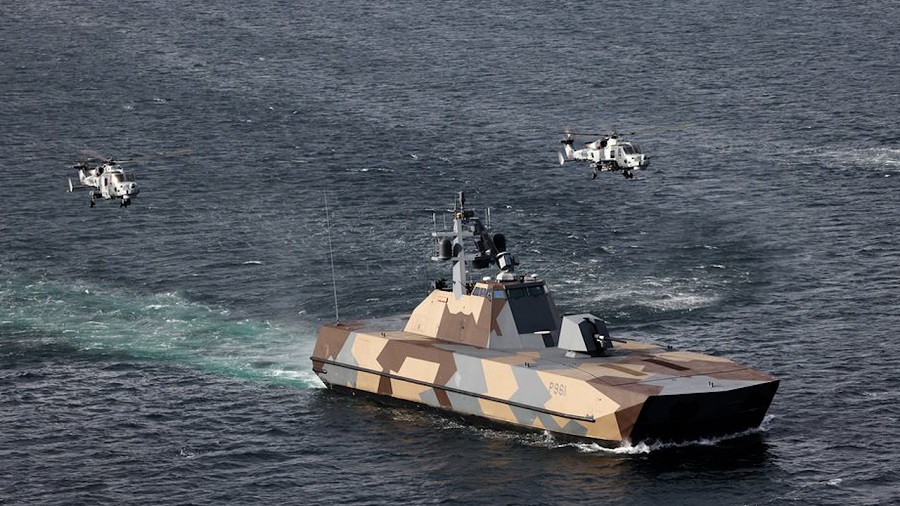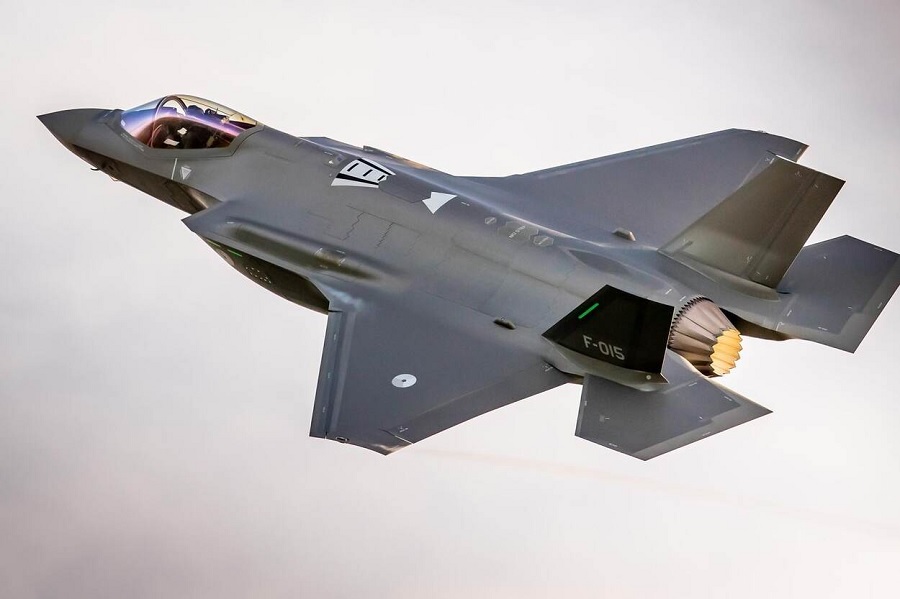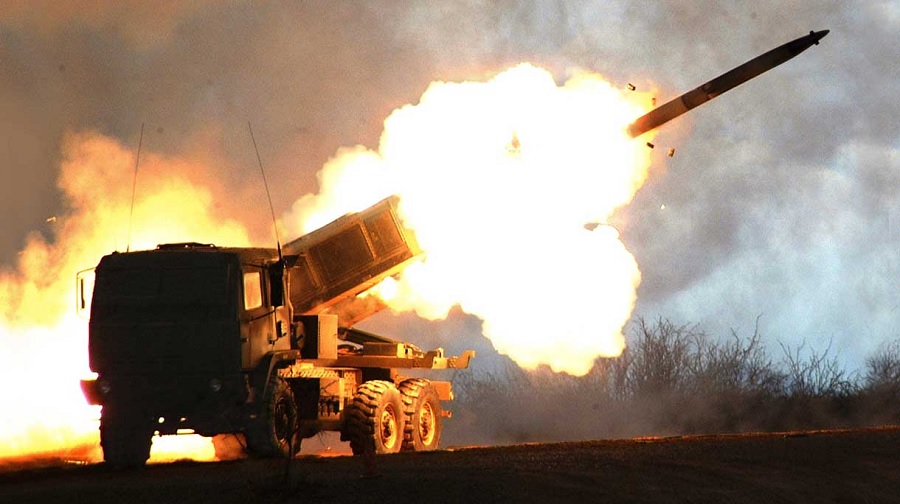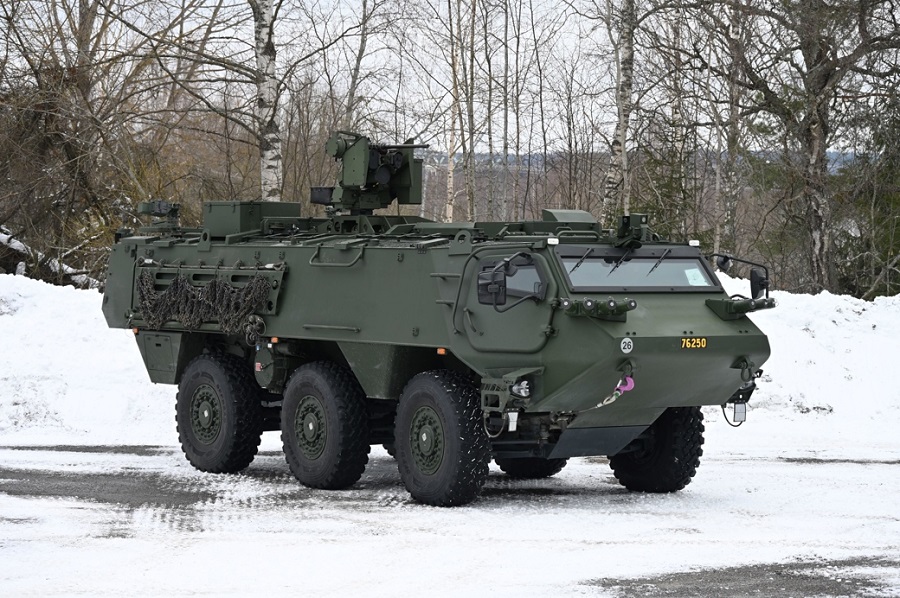The IDF’s decision has been finalized, and the ground forces’ command is now assessing operational options in collaboration with Israeli companies. Until recently, this scenario might have resembled a scene from a science fiction movie. However, times have changed.
The driving factors behind this change are the advancements in drone technology, the widespread availability of drones, and the operational requirements. Few armed forces can afford the acquisition of large UAVs capable of accommodating multiple sensors and payloads to address the simultaneous needs of diverse ground and air forces.
Drone swarm technology is rapidly evolving, and previous doubts about the concept seem to be dissipating. Drone swarms consist of various drone types working collectively to achieve objectives. They communicate and assist each other in various tasks.
With operational demands being backed by advanced technology, drone manufacturers are increasingly confident in offering mission performance involving large drone swarms. The Israeli industry is eager to leverage this technology that enables the operational collaboration of multiple drones.
In the near future, we can anticipate the deployment of drone swarms for various complex missions. Israeli sources have indicated that the operational methods may encompass different approaches, such as a manned aircraft overseeing a swarm or a large UAV directing the swarm’s activities.



